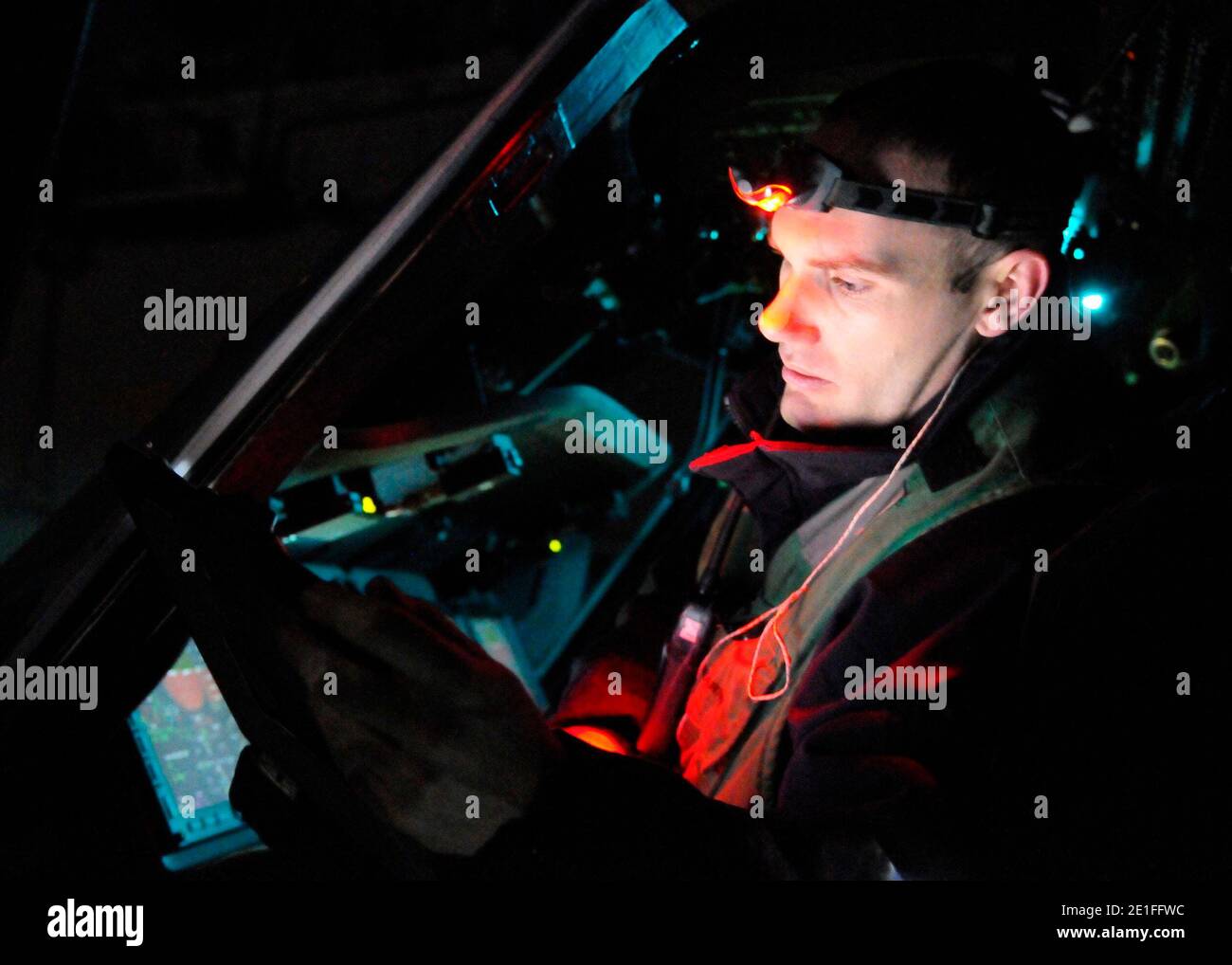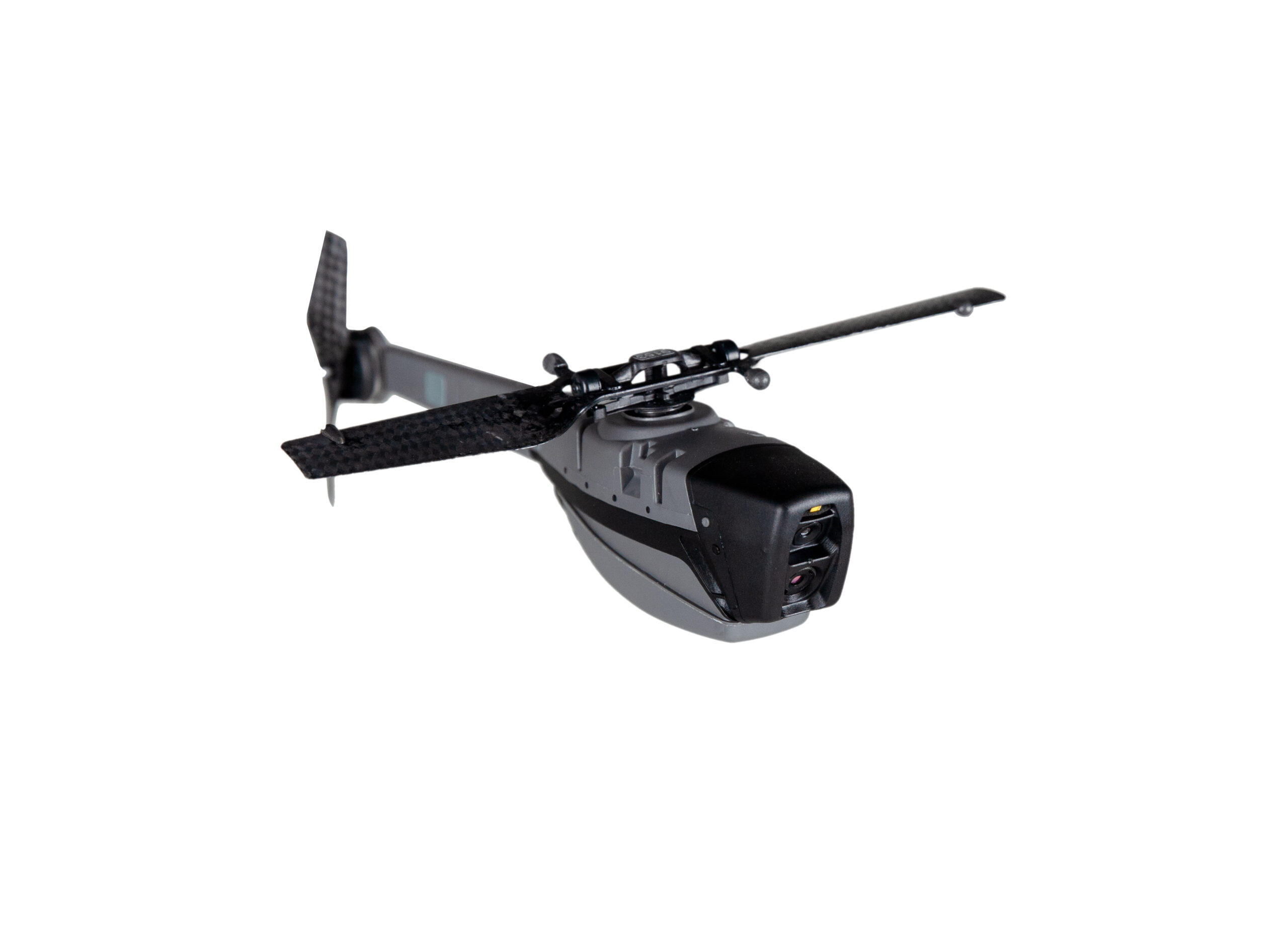Military Flir - To be able to adapt our web offer to your needs, we use an analysis tool. With this, your activities on the website are recorded in an anonymous form. Therefore, no personal data is transmitted or stored. If you do not agree with this, you can stop data collection and continue to use this website without restriction. You can find more information on our Legal Framework page.
The Super Puma is a twin-engine helicopter with excellent night and instrument flight characteristics, making it ideal for carrying FLIR systems.
Military Flir

The power of the FLIR system lies in its ability to detect heat sources and other targets even at long distances, regardless of the time of day. The system is mainly used to support partner organizations of the Swiss security network SSN in search and rescue, border surveillance and police operations, as well as in the event of natural disasters.
The Company Behind These Pocket Sized Military Surveillance Drones Just Got Bought For $134 Million
The Swiss Air Force uses four FLIR systems. These devices can be installed on the helicopter in a matter of hours. At least one of these systems is constantly ready for use by a standby search and rescue team. The Super Puma is a twin engine helicopter with excellent night and instrument flight characteristics. The FLIR system, equipped with an extra powerful search light and a rescue winch, provides an efficient system for helicopter civil rights support operations.
Forward looking infrared (FLIR) has become synonymous with thermal imaging systems. Third-generation sensor arrays in use today include infrared (IR), but also various electro-optical imaging sensors. The sensors provide excellent image stabilization in response to helicopter movement and vibration, enabling high-resolution images to be taken at long range.
If necessary, real-time transmission of system images to emergency committees in mobile task forces, military command facilities or civil authorities is possible. Empowers the military, first responders and SAR teams with intelligent threat detection and detection technology that accelerates critical decisions and positive outcomes.
With integrated long-range thermal and visual solutions for air, ground and maritime radars, wearable solutions for soldiers, CBRNE detectors and state-of-the-art UAS/UGV systems, our ongoing mission is to improve freedom of movement and security. This is what it takes to accomplish your mission safely, efficiently and effectively.
Flir Books $70m In Military Ground Robot Orders; Tom Frost Quoted
Winning wars today and in the future will depend on advanced human-machine cooperation. Unmanned systems improve situational awareness and lighten the workload of soldiers, while reducing the number of combatants at risk.
High Definition EO/IR continues to redefine what is possible with an extensive and proven line of airborne sensor options. Unrivaled multi-spectral HD imaging solutions, ITAR-free options, plus world-class service and support.
Simultaneously track multiple threats with continuous 360° situational awareness from extreme ranges. Experience real visibility with thermal cameras, radars and a host of other sensors in fixed and mobile solutions. For detection, evaluation and tracking of multiple targets, trust.

Accelerate front-line decision-making in high-pressure situations with the CBRNE detection scope from Accurately detect, analyze, identify and confirm the presence of dangerous hazards. With sensors that produce very low false alarm rates, you can be confident in your analysis and facilitate rapid response measurement.
Samenvatting: Flir Wint Contract Van $ 20,6 Miljoen Voor De Levering Van Black Hornet Nano Uav Systemen Voor Het Soldier Borne Sensor Program Van Het Amerikaanse Leger
Strong, accurate and fast, powerful integrated mobile solutions support you in the most unpredictable environments. Our state-of-the-art systems combine gyrostabilized multi-sensor thermal imaging with ground surveillance radar, lasers, tactical command and control software. Track with advanced algorithms providing the highest probability of detecting human-sized targets from 100m to 30km.
Patrol borders, ensure safe passage and rescue vessels in distress with exceptional high-definition detail from our advanced digital architecture. Our systems withstand the toughest conditions, so you can count on consistent performance and clear visibility every day.
Intelligence, Surveillance and Reconnaissance (ISR) Detect, track and resolve from air, sea and land-based platforms with accurate and actionable information.
Search and Rescue Take the guesswork out of it and focus on your rescue mission with confidence in any environment with powerful high-definition thermal vision and unmatched low-light technology.
Teledyne Flir Defense Awarded $43.9 Million Contract To Service Us Navy And Coast Guard Sensor Systems
Protect Your Force Combat-proven force protection solutions allow you to detect and assess any threat within your perimeter, whether at home or abroad. Moving objects first appeared as glowing blobs on infrared vision instruments. By clarifying the picture, soldiers can distinguish people from background objects, combatants from non-combatants, requiring imagination, initiative and information.
Innovation is not just about creating something new. Rather, it is the process of translating an idea into goods or services that create value for the end user. Thus, innovation requires three key components: need (or, in the context of defense acquisition, customer need); people skilled in the necessary technology; and support resources. The catch-22 is that these three ingredients must be present for successful innovation, but each often depends on the existence of the others.
This can be difficult for government, where it is generally difficult to find funding for innovative ideas when there are no perceived needs to meet. With transformative ideas, the need after invention is often not fully realized; People didn't realize they "needed" a smartphone until the iPhone was produced. For this reason, successful innovations within DOD struggle to fully mature without concerted and focused efforts from all defense communities: research, requirements, transition, and acquisition.

Despite these challenges, the Army has demonstrated the ability to create successful innovative programs over the years. A prime example is the recently completed Third Generation Infrared (Third Generation FLIR) program. It illustrates the Army's transition process from new and innovative programs in the research community to military platforms in use today.
Long Range Flir Camera
The 3rd generation FLIR products shown here are examples of new and innovative programs from the research community making the sometimes dangerous transition to field use. (US Army photo by CERDEC)
The first implementation of FLIR gave the military limited ability to detect objects on the battlefield at night. Users were able to see "bright, moving specks" that stood out in the background. Although detectable, these spots were often difficult to identify. In a cluttered and complex environment, it can be difficult to distinguish static objects from the background.
These first-generation systems were heavy and slow, and provided low-resolution images unsuitable for long-range target detection. In many ways, they were similar to boom box music players that existed before the iPhone: they played music, but they could only support one function, had limited capacity, took up a lot of space, required significant power and were not very portable. . . The third-generation FLIR was developed based on the belief that increased speed, accuracy and range in the targeting process could unlock the full potential of infrared imagery and provide an iPhone-like transformative capability that would positively impact the entire military. good in the future.
Because speed, accuracy, and precision are critical components to platform lethality, third generation FLIR offers significant operational performance gains over previous FLIR sensor systems. With the third generation FLIR, the military moved from a single band (which uses only part of the light spectrum) to a multi-band infrared imaging system, able to select the optimal part of the light spectrum to identify different targets. .
Flightgear Forum • View Topic
The Army has integrated this new sensor with computer software (signal processing) to enhance these real-time FLIR images and videos without complex setup or training (as the iPhone automatically adjusts to different weather conditions). image). The third generation combines all these features with multiple fields of view (like multiple camera lenses that change on demand) to provide dramatically improved detection ranges and reduced false alarms compared to previous FLIR sensor systems.]
With its wider fields of view and increased resolution, the third generation FLIR allows the military to conduct rapid field searches. This capability has proven invaluable in distinguishing combatants from non-combatants and minimizing collateral damage. Having all these elements in a single sensor allows warfighters to adapt their gear to battlefield conditions, dramatically improving mission efficiency and survivability. Current and future air and ground systems benefit from new FLIR sensors, allowing militaries to purchase a single sensor that can be used on multiple platforms and for different missions. This allows the military to realize significant cost savings by reducing the number of different systems that must be purchased, serviced and maintained.
The third generation FLIR was effective in implementing the three key ingredients (need, expertise and available resources) mentioned above. A closer look at how the 3rd Generation FLIR program helped solve some of the challenges faced in these areas to come to fruition today as an Army innovation success story.

U.S. Army Spc Roland Merrill of the 1st Brigade Combat Team, 3rd Infantry Division watches his unit's tanks with an advanced long-range scout surveillance system equipped with a third-generation FLIR during Action Rotation Deliberation 18-01 at the National Training Center (NTC) on Oct. 18-01. . Fort Irwin, CA. With its wider fields of view and increased resolution, the third generation FLIR allows soldiers to quickly
Post A Comment:
0 comments so far,add yours